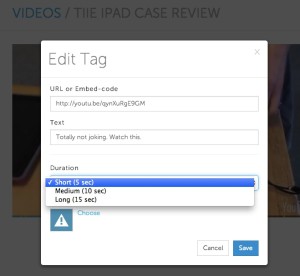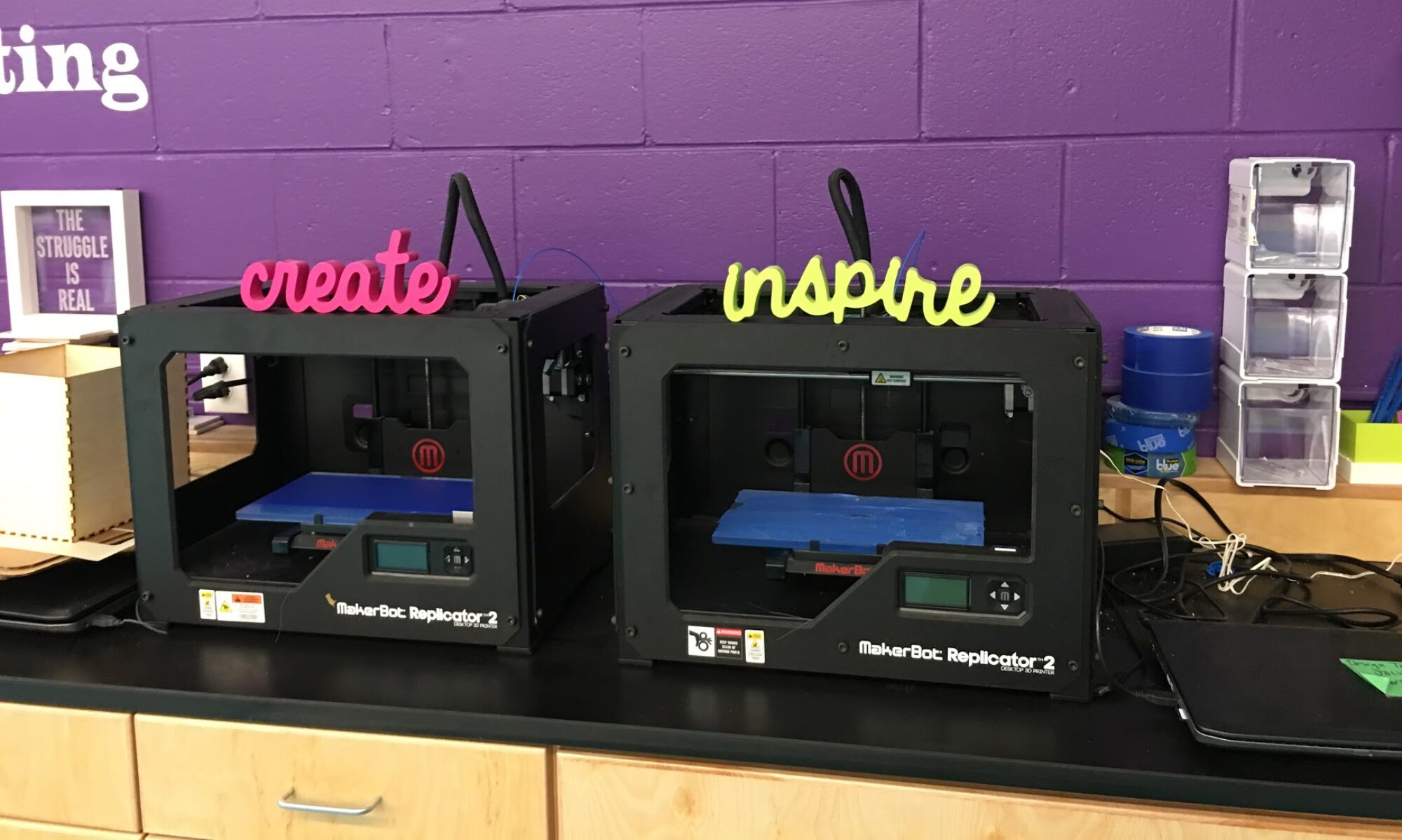Get a sneak peek at the new Thinglink
Many of you have undoubtedly heard of Thinglink’s new video service, where you can embed links, text, images, videos and audio directly into videos. We tried it out last week for our iPad case review article, and the finished product looks a little something like this.

Now let’s see how it works behind the scenes:
Easy to operate! Step 1, grab a YouTube video by the url. Step 2, hit play. Step 3, hit pause when you’re ready to add an annotation.

In a nutshell, Thinglink Video for educators:
Pros:
- Holy cats this is cool! Think of all the ways this could be used in the classroom: student introduction videos, student reflection on lessons, adding your voice and video snippet directly to a video assignment (bonus points if you’re Mr Betts Class and tend to dress up in period costume), video-within-a-video of foreign language lip-sync videos, demonstrations of STEM experiments with helper videos embedded — the possibilities feel endless.
- The tool auto-saves as you work.
- Being able to grab any YouTube video by url presents a great opportunity for a discussion of copyright.
Cons:
- I had a little difficulty going back to edit both the text and the timing of an annotation a couple times. The icons didn’t seem to want to open up until I backed out of my current project and re-opened it;
- The minimum length of time you can have an icon on the screen is five seconds, and frankly, five seconds can sometimes feel too long in a video;
- It wasn’t immediately clear what the difference was between an annotation’s preview text (what you see when you hover over an icon) and its long text (what you see when you click on the icon or hover over the timeline at the bottom of your project.
- The first time I used it my project crashed after I added 7 tags. But did I mention it auto-saves? No data was ultimately lost during the crash.
All of these drawbacks look like they’re either bugs which will get ironed out once Thinglink Video moves out of beta, or things you’d get used to the more familiar you became with the tool.
How to get it:
Register for early access to Thinglink Video here.
Check out these other great examples of how you might use Thinglink Video in the classroom:
- Bellwood-Antis Middle School created a digital citizenship PSA
- One math educator made a video about ordered pairs and embedded polls to gauge student pre-watch knowledge
- A music video about Napoleon set to the tune of “Gone Daddy Gone” by the Violent Femmes by Edupunk Amy Burvall is, incredibly, even more fun with extra information about deposed French dictators
- The “long and sordid history” of the square root of two, explained and enhanced
- An overview of the life-cycle of forest mushrooms (I found it fascinating) where you can stop and get species identification and extra info on each mushroom. Also maps. And I can’t even get into how much I love maps. Adding them to videos is like adding extra sprinkles to a swirled creemee dipped in chocolate.
I can’t even cope. I have to go lie down now.
What could you use Thinglink Video for?



A sneak peek at @Thinglink Video for educators http://t.co/ff6igBX4VZ #vted #edtech
RT @innovativeEd: A sneak peek at @Thinglink Video for educators http://t.co/ff6igBX4VZ #vted #edtech
Thinglink Video for educators
http://t.co/KCS5UouG1m via @innovativeEd
Another useful #tool for educators @ThingLink the video: http://t.co/nHmF3zLj6I the article: http://t.co/1gBT6jKrmh via @innovativeEd
RT @innovativeEd: A sneak peek at @Thinglink Video for educators http://t.co/ff6igBX4VZ #vted #edtech
Thinglink Video for educators looks interesting. Will be giving it a try soon. http://t.co/ROn5XJ01vE #oltd #edpb